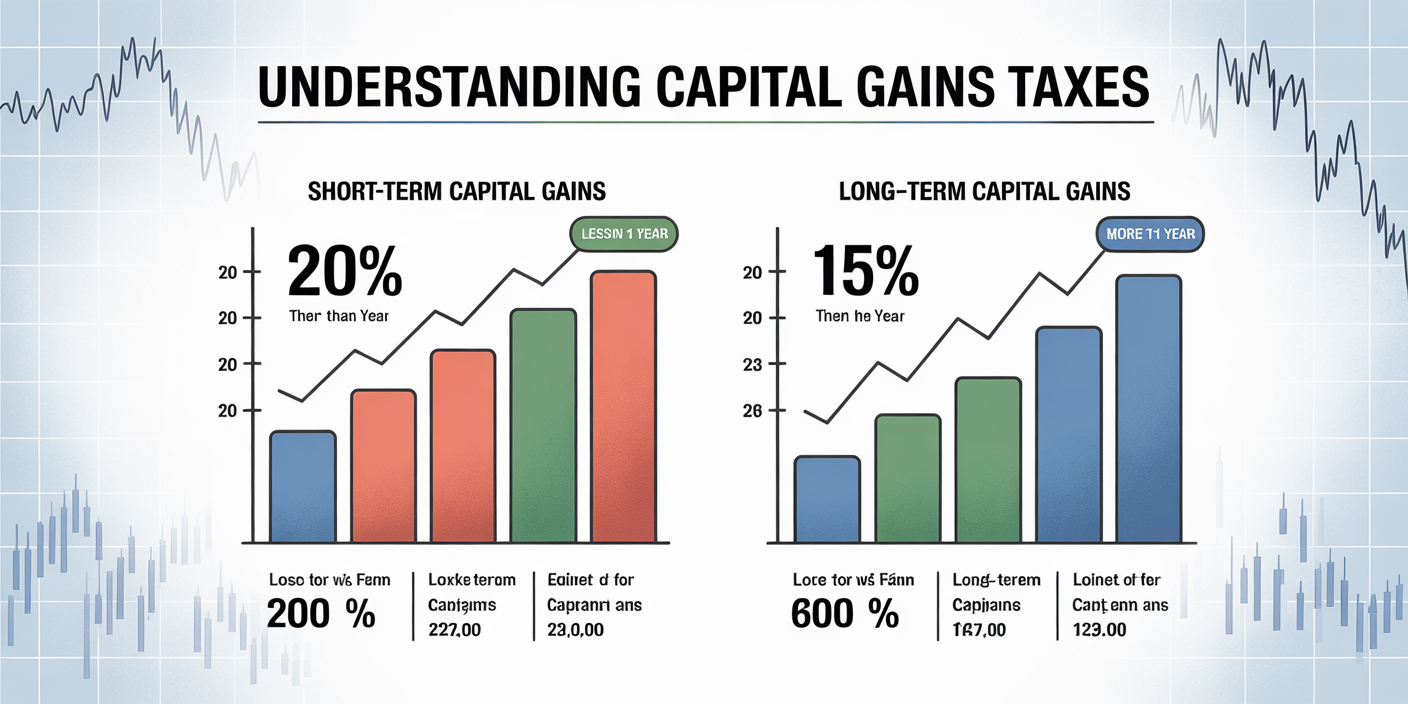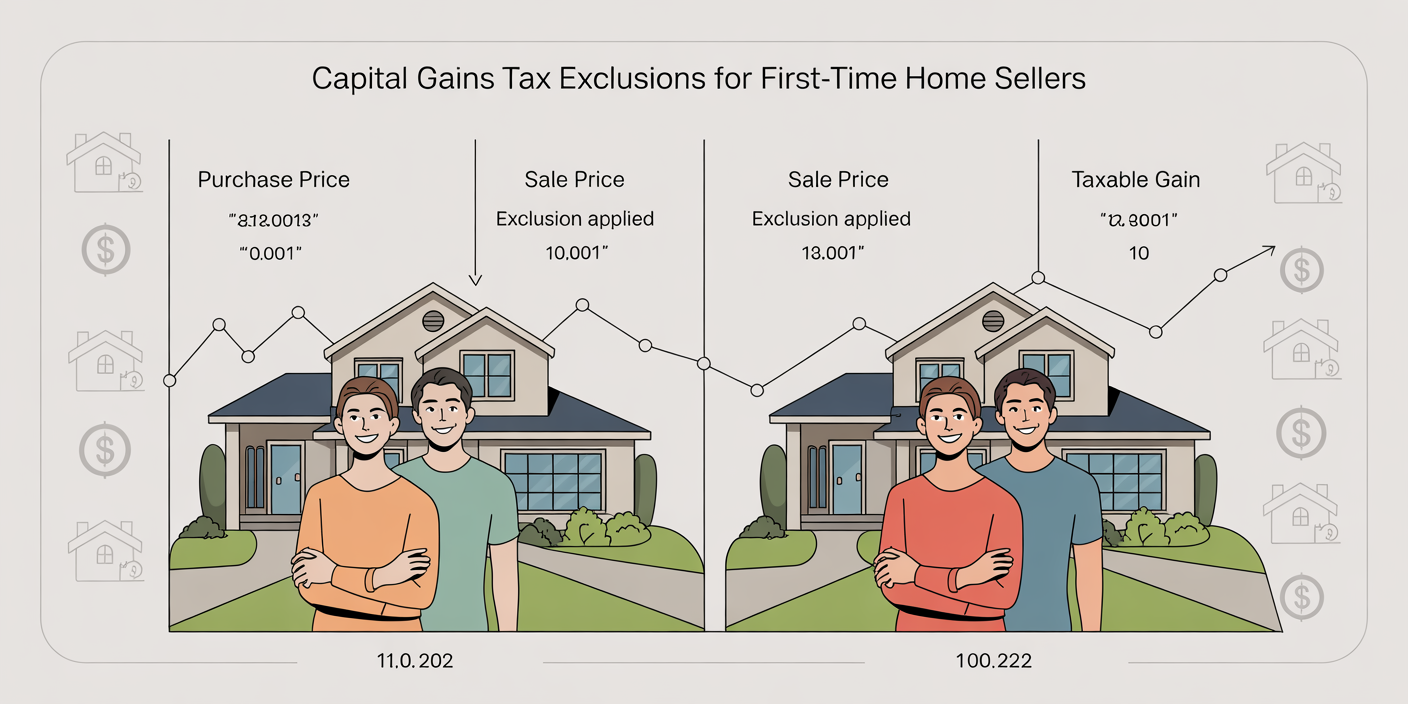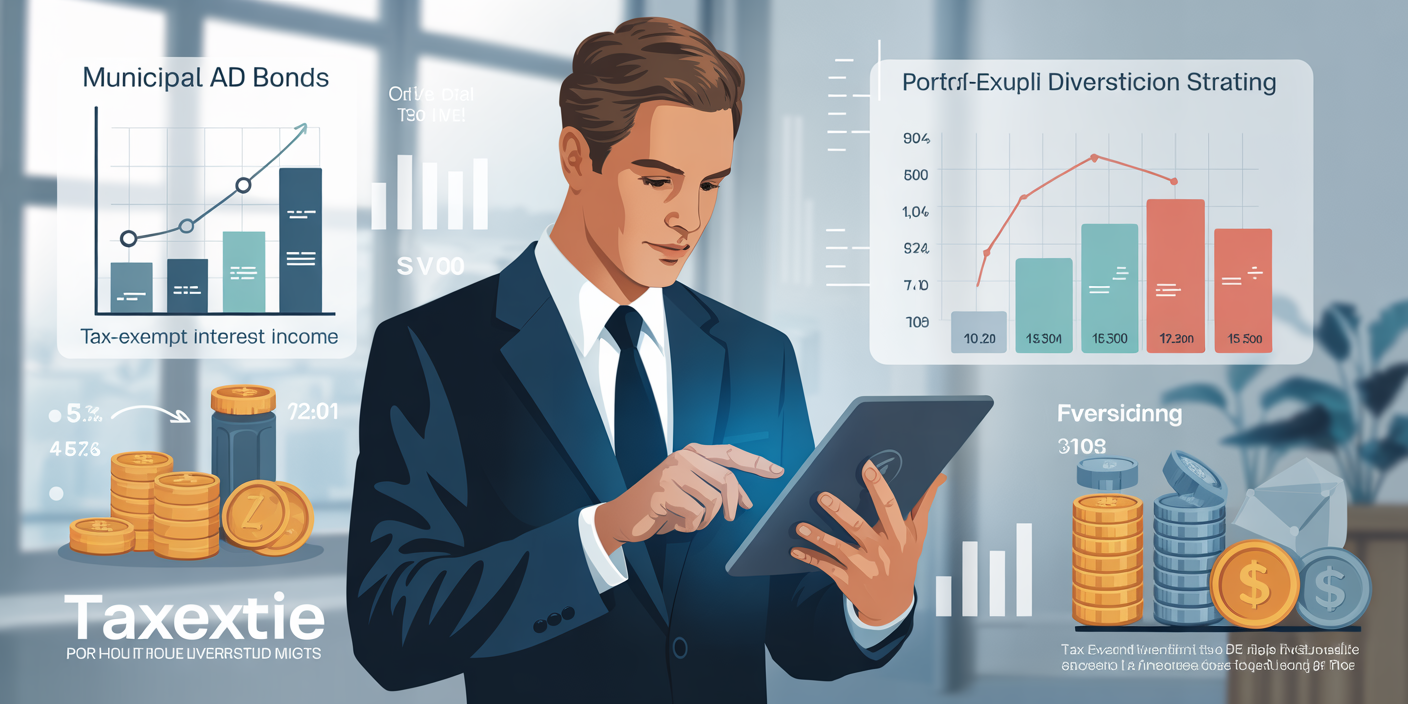Guide to Filing Taxes as a Freelancer in 2025
Anúncios
Freelancing has become one of the most popular career paths in recent years, with millions of professionals worldwide opting for greater flexibility and independence. According to a 2023 report by Upwork, over 59 million Americans freelanced that year, contributing approximately $1.3 trillion to the economy. As the freelancing sector continues to grow, so do the complexities associated with filing taxes. Navigating tax obligations effectively is crucial for freelancers to avoid penalties, optimize deductions, and maintain financial stability.
Filing taxes as a freelancer in 2025 has unique challenges and opportunities due to evolving tax laws, digital tools, and increased scrutiny by tax authorities. Whether you’re a seasoned freelancer or just starting, understanding your tax responsibilities and benefits can save you money and reduce stress. This guide provides a detailed overview of the tax filing process for freelancers in 2025, backed by practical examples, comparative tables, and the latest data trends.
Understanding Freelancer Tax Obligations in 2025
Anúncios
Freelancers, also known as independent contractors or self-employed individuals, file taxes differently from W-2 employees. The IRS considers freelancers as running their own businesses. This classification means freelancers are responsible for reporting their income, calculating expenses, and paying self-employment taxes.
In 2025, freelancers must report all forms of income, including payments received through platforms like Upwork, Fiverr, or direct client contracts. Unlike salaried employees, freelancers do not have taxes withheld automatically from their earnings, hence the importance of quarterly estimated tax payments. These payments cover income tax and Social Security and Medicare taxes.
Anúncios
For example, consider Maria, a graphic designer who earned $75,000 in 2024 as a freelancer. Since no taxes were withheld during the year, she must estimate and pay quarterly taxes to avoid penalties when filing in 2025. This proactive approach ensures Maria stays compliant and avoids a large tax bill in April.
Key Tax Forms Freelancers Need to Know
Tax filing for freelancers primarily involves Form 1040, including Schedule C and Schedule SE. Schedule C (Profit or Loss from Business) allows freelancers to report income and business expenses. Deductible expenses can significantly reduce taxable income, including costs such as equipment, software subscriptions, home office expenses, and travel related to client work.

Schedule SE (Self-Employment Tax) calculates Social Security and Medicare taxes that freelancers owe. For 2025, the self-employment tax rate remains 15.3% on net earnings up to $160,200, consistent with thresholds adjusted annually for inflation. Income beyond this limit is subject to reduced rates for Medicare but not Social Security.
Freelancers receiving $600 or more from any client will also receive Form 1099-NEC, used to report non-employee compensation. It is essential for freelancers to cross-verify their records with these forms to ensure accurate income reporting.
| Tax Form | Purpose | Who Needs It |
|---|---|---|
| Form 1040 | Individual income tax return | All freelancers |
| Schedule C | Report business income and expenses | Freelancers and sole proprietors |
| Schedule SE | Calculate self-employment tax | Freelancers with net earnings > $400 |
| Form 1099-NEC | Report payments from clients | Clients issuing payments > $600 |
Maximizing Deductions and Credits
One of the biggest advantages of freelancing is the ability to deduct business-related expenses, reducing taxable income. In 2025, common deductible expenses include home office deductions, internet and phone costs, professional services, business supplies, continuing education, and health insurance premiums.
Real cases illustrate how deductions can lead to significant tax savings. Thomas, a freelance writer, reported $50,000 in income but spent $10,000 on a dedicated home office, writing software, and travel to conferences. By properly documenting and deducting these expenses, his taxable income dropped to $40,000, saving him over $1,500 in taxes assuming a 15% effective tax rate.
Additionally, freelancers can qualify for the Qualified Business Income (QBI) deduction, allowing up to 20% deduction on net business income. However, this deduction has specific limitations based on income thresholds and business types. Staying informed about such credits can optimize tax outcomes.
It is crucial to maintain detailed records and receipts. Digital bookkeeping tools such as QuickBooks Self-Employed or FreshBooks can automatically track expenses, mileage, and income, simplifying tax season.
Navigating Quarterly Estimated Taxes
Unlike traditional employees with automatic withholding, freelancers must submit estimated tax payments quarterly to cover both income and self-employment taxes. The IRS quarterly deadlines for 2025 are typically April 15, June 15, September 15, and January 15 of the following year.

Failing to pay estimated taxes on time results in penalties and interest, making it imperative for freelancers to budget accordingly. For example, Emma, a freelance web developer, generated $80,000 in 2024 but ignored quarterly payments. Upon filing her 2024 return in April 2025, she owed $12,000 plus $800 in penalties for late payments.
To calculate estimated taxes, freelancers can use IRS Form 1040-ES or rely on tax software that projects liabilities based on year-to-date income and deductions. It is advisable to pay slightly more than estimated to avoid underpayment penalties.
Here is a comparative overview of common tax payment methods for freelancers:
| Payment Method | Benefits | Drawbacks |
|---|---|---|
| Quarterly Estimated | Avoids large tax bills and penalties | Requires consistent cash flow management |
| Annual Lump Sum | Easier cash flow if savings are sufficient | High risk of penalties and interest |
| Automatic Withholding | Available if freelancers have other jobs generating W-2 income | Requires employer coordination and possibly inaccurate withholding |
Common Tax Mistakes to Avoid
Filing taxes as a freelancer comes with pitfalls. One frequent error is underreporting income. Since the IRS receives copies of all 1099 forms, discrepancies often trigger audits and penalties. It’s imperative to report all earned income, regardless of whether it was received through official platforms or direct payments.
Another common mistake is failing to claim all eligible deductions. Freelancers sometimes miss legitimate expense claims due to lack of documentation or awareness. For example, mileage is deductible if used strictly for business purposes, including travel to client meetings or purchasing supplies. Keeping a log is essential.
Misclassification of workers also poses risks. If a freelancer works heavily for one client yet acts like an employee, the IRS may reclassify the relationship, leading to back taxes and penalties for that client.
Future Perspectives: Tax Filing Trends and Tips for Freelancers
Looking ahead, the freelance tax landscape is expected to evolve with increased digital reporting and artificial intelligence (AI) integration in tax processing. Governments worldwide are adopting real-time income reporting, which will further tighten compliance requirements. Freelancers should prepare by adopting robust digital accounting tools now.

Additionally, tax authorities are emphasizing education programs targeted at freelancers. For example, the IRS has enhanced its dedicated Self-Employed Tax Center with step-by-step videos and webinars in 2024 to improve filing accuracy.
The rise of blockchain and cryptocurrency payments in freelancing is another emerging trend. In 2025, freelancers accepting crypto payments must report their fair market value at the time of transaction and pay capital gains taxes accordingly. Staying updated with these regulations is critical.
To future-proof your freelance tax strategy: Keep meticulous and digital records of income and expenses. Stay informed on tax law changes via IRS announcements or professional advisories. Consider consulting a tax professional specializing in freelancer taxes to maximize savings. Use automated tax software equipped with AI to detect missed deductions and optimize filings.
By embracing these measures, freelancers can navigate the 2025 tax season smoothly, minimizing risks and leveraging benefits in a rapidly evolving financial landscape.



Post Comment